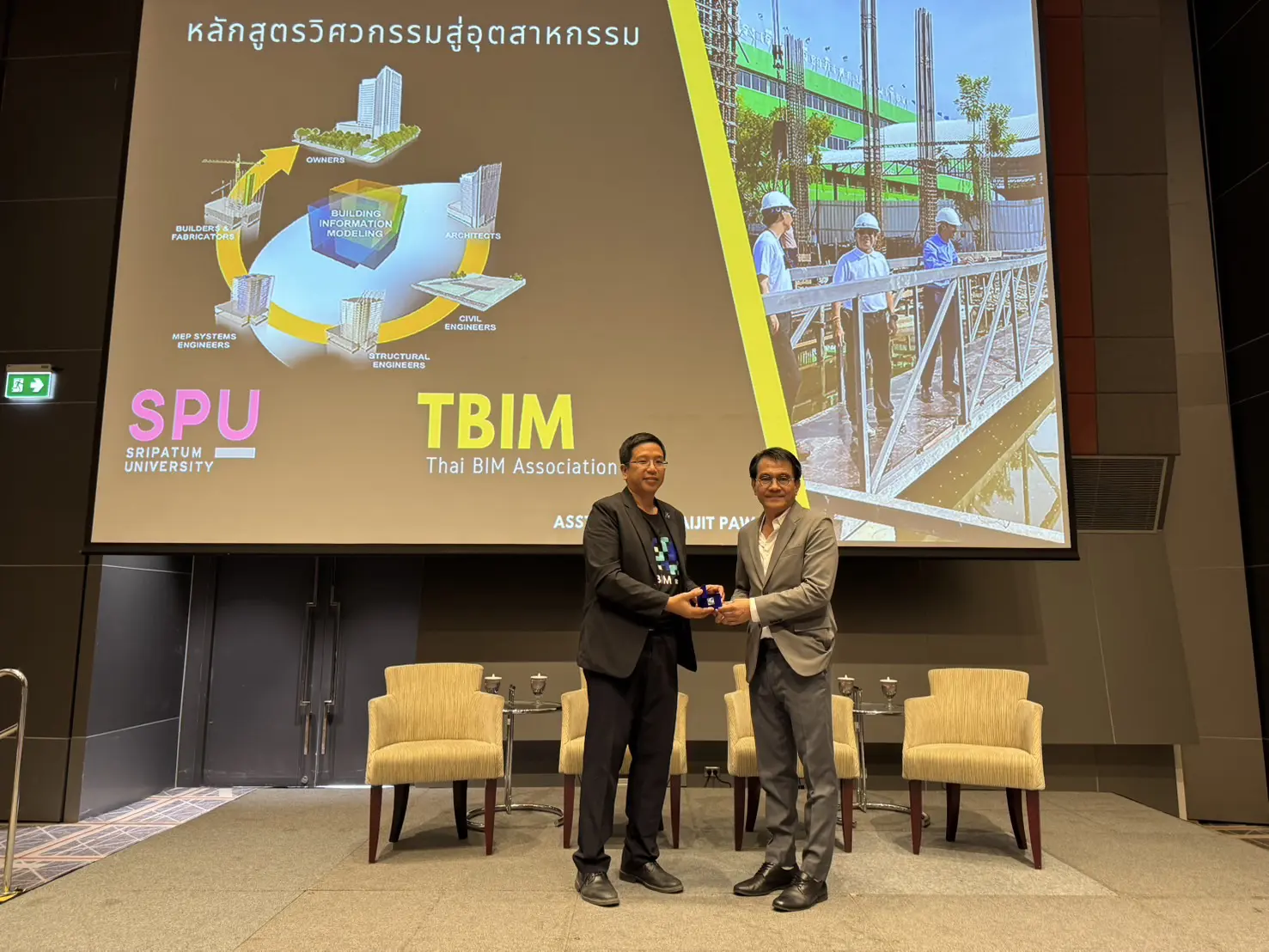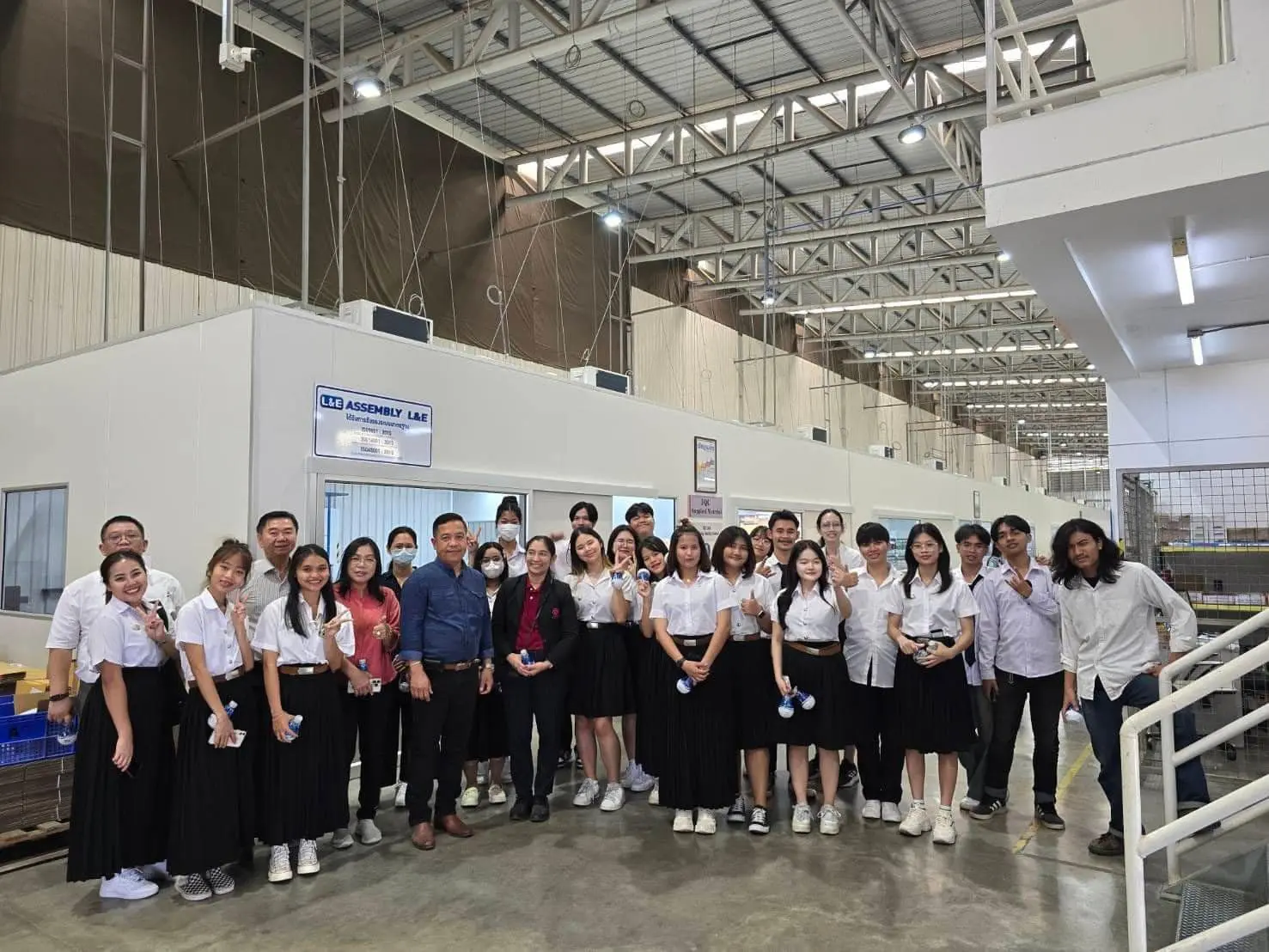The massive earthquake that hit Turkey and Syria last week, measuring 7 on the Richter scale, has caused great tragedy and loss, with hundreds and thousands of buildings collapsing.
Today we would like to invite you to learn about the components of earthquakes, why the recent earthquakes in Turkey and Syria caused so much damage, earthquake-resistant building design, building codes and earthquake-resistant design standards, and the final topic, strengthening buildings to withstand earthquakes.
By Prof. Dr. Paiboon Panya-kapo, expert on earthquake-resistant building structures, Director of the Graduate Program in Civil Engineering
The seminar was conducted by Asst. Prof. Dr. Chalathit Aimworawuttikul, 45th President of the Council of Deans of the Faculty of Engineering, Dean of the Faculty of Engineering, Sripatum University.
Tectonic faults are a major cause of earthquakes.
As you may know, the mechanism of earthquakes is closely related to the fault lines of the Earth’s crust. The term “fault line” refers to the point where two tectonic plates move past each other, sometimes quickly, sometimes slowly (usually about 2-3 centimeters per year). However, sudden movements or rapid sliding can release a lot of energy that causes rocks to crack and cause earthquakes. They usually occur near the Earth’s surface because the hotter rocks near the Earth’s core melt. According to recorded statistics, more than 80% of major earthquakes occur along the Pacific Ocean, known as the “Ring of Fire”.
The magnitude 7.5 and 7.8 earthquakes that rocked Turkey and Syria on February 6 were the strongest in the region in nearly a century and were part of a horizontal fault, also known as a dip. This type of fault occurs when tectonic plates move sideways, rather than up or down. One area that best reflects the geography of a fault is the East Anatolian Fault, which runs 700 kilometers (433 miles) along the boundary of the Anatolian and Arabian plates in Turkey.
The horrific loss of life was caused by a combination of factors, such as the depth at which the tectonic plates moved, which in the cases of Turkey and Syria was about 17.7 kilometres underground, meant that seismic waves did not have to travel far before reaching buildings and people on the surface, leading to more violent shaking.
The number of aftershocks from the earthquake is another important factor. Because there were times when aftershocks of intensity 7 and above occurred, which are considered strong aftershocks, and they made the damage worse for the incident.
It wasn’t just the power of the tremors that caused the loss. The timing of the quake, and it is known that it occurred in the early morning when people were sleeping inside buildings, meant that few people could escape the building.
Building strength is a factor that helps reduce injuries and losses.
The infrastructure in southern Turkey and especially Syria is crumbling, an area where there have been no major earthquakes in over 200 years or any warning signs, so the level of preparedness in terms of building design is less than in areas more accustomed to dealing with tremors.
By the well-planned building structure, the columns should be positioned symmetrically along the main axis both lengthwise and crosswise of the building. In the case of tall buildings, there should be several shear walls placed in evenly distributed positions throughout the building plan, not concentrated in one area. The orientation of the walls should face the long side so that they can withstand the lateral force from the earthquake in both directions, both lengthwise and crosswise of the building, in order to reduce the risk of the building collapsing in the event of an earthquake. Although the risk in Thailand is not very high, it should be designed and protected, and legal requirements should be strictly followed, because no one wants loss to happen.
Follow all the interesting stories at https://www.youtube.com/watch?v=_CxYHXcCmec








